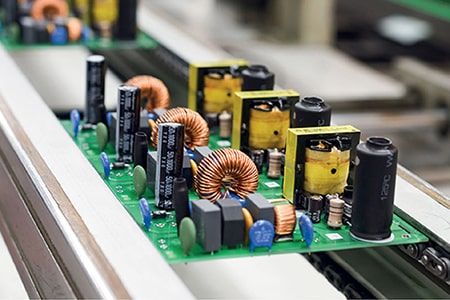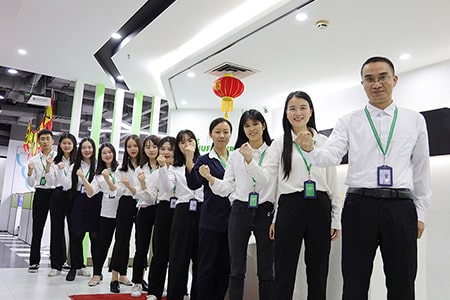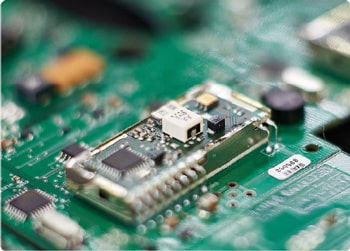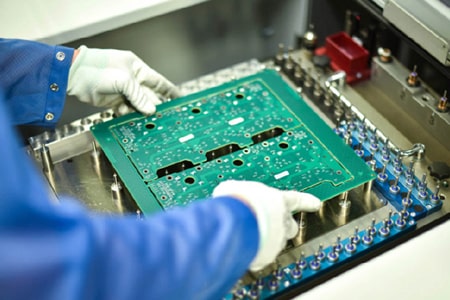What is BT sheet? What are the characteristics of BT sheet?
In the field of electronics industry, PCB is one of the indispensable core components. Its quality and performance directly affect the stability and reliability of the entire electronic product. Among the many PCB materials, printed circuit board BT (Bismaleimide Triazine) sheet is favored for its excellent performance and wide application fields.
Introduction to BT sheet
BT sheet is a high-performance composite material, the main component of which is bismaleimide-triazine resin. This material is known for its excellent thermal stability, electrical insulation and mechanical strength. Compared with traditional FR4 materials, BT sheet has lower dielectric constant and loss factor, making it perform better in high-frequency and high-speed signal transmission applications.
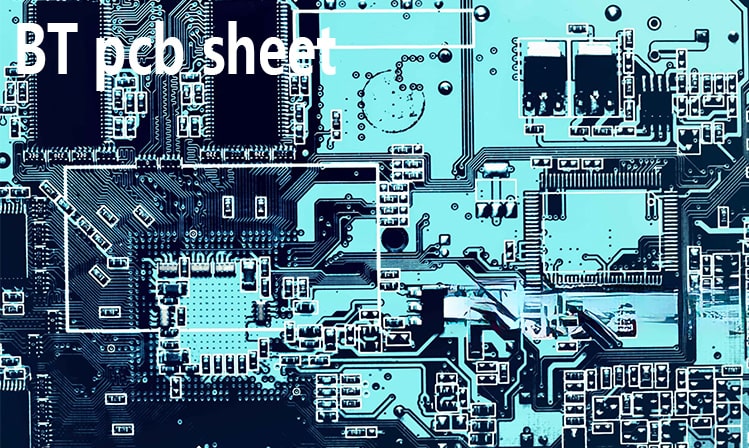
Characteristics of BT sheet
Heat resistance: BT resin has excellent heat resistance and is suitable for high temperature environment.
Low hygroscopicity: Low hygroscopicity can maintain good electrical properties.
High strength: High mechanical strength, suitable for complex multi-layer circuit boards.
Good electrical properties: Low dielectric constant and loss factor, suitable for high-frequency applications.
Fields of use of BT sheets
1. Communication equipment: With the development of 5G technology, the demand for high-speed and high-frequency signal transmission is increasing. BT sheets have become an ideal choice for communication equipment due to their low dielectric constant and excellent electrical properties.
2. Aerospace: Aerospace equipment working in extreme environments needs to have excellent heat resistance and mechanical strength. BT sheets can meet these demanding requirements, so they are widely used in satellites, aircraft and other equipment.
3. Automotive electronics: Modern cars are equipped with a large number of electronic control systems, which puts higher demands on PCB materials. BT sheets can not only withstand high temperatures, but also have good impact resistance, making them very suitable for automotive electronic systems.
4. Medical devices: For precision medical equipment, reliability and safety are crucial. BT sheets have excellent chemical stability and are not prone to degradation reactions, ensuring long-term and stable operation of medical devices.
Difficulties in production
Although BT sheets for circuit boards have many advantages, their production process also faces many challenges:
1. Material ratio and mixing: Bismaleimide-triazine resin needs to be mixed with other fillers in a specific proportion to ensure that the performance of the final product remains unchanged. This step requires high precision, otherwise it will affect the consistency of the material.
2. Lamination process: During the lamination process, the temperature and pressure need to be strictly controlled to ensure that the layers are fully bonded and to avoid defects such as bubbles or voids.
3. Drilling and electroplating: Due to the high hardness of BT materials, burrs are easily generated during drilling operations. At the same time, during the electroplating process, it is necessary to ensure good adhesion between the copper foil and the substrate to improve the conductivity.
4. Dimensional stability control: Due to the low thermal expansion coefficient, how to maintain dimensional stability during processing is a key problem. This requires advanced processing equipment and strict process management.
Advantages and disadvantages of BT sheets
Advantages:
High heat resistance: suitable for welding and other high-temperature manufacturing processes.
Excellent electrical properties: supports high-speed signal transmission.
High mechanical strength: can be used for multi-layer boards to increase design flexibility.
Disadvantages:
High cost: more expensive than other materials.
Relatively poor processability: requires specific processing technology.
BT sheets are widely used in high-end electronic products due to their excellent heat resistance and electrical properties.
Although the manufacturing cost of BT board is relatively high, in the long run, the benefits brought by its superior performance far outweigh the investment. Therefore, many companies are still willing to choose this new PCB substrate material as one of the future development directions.

